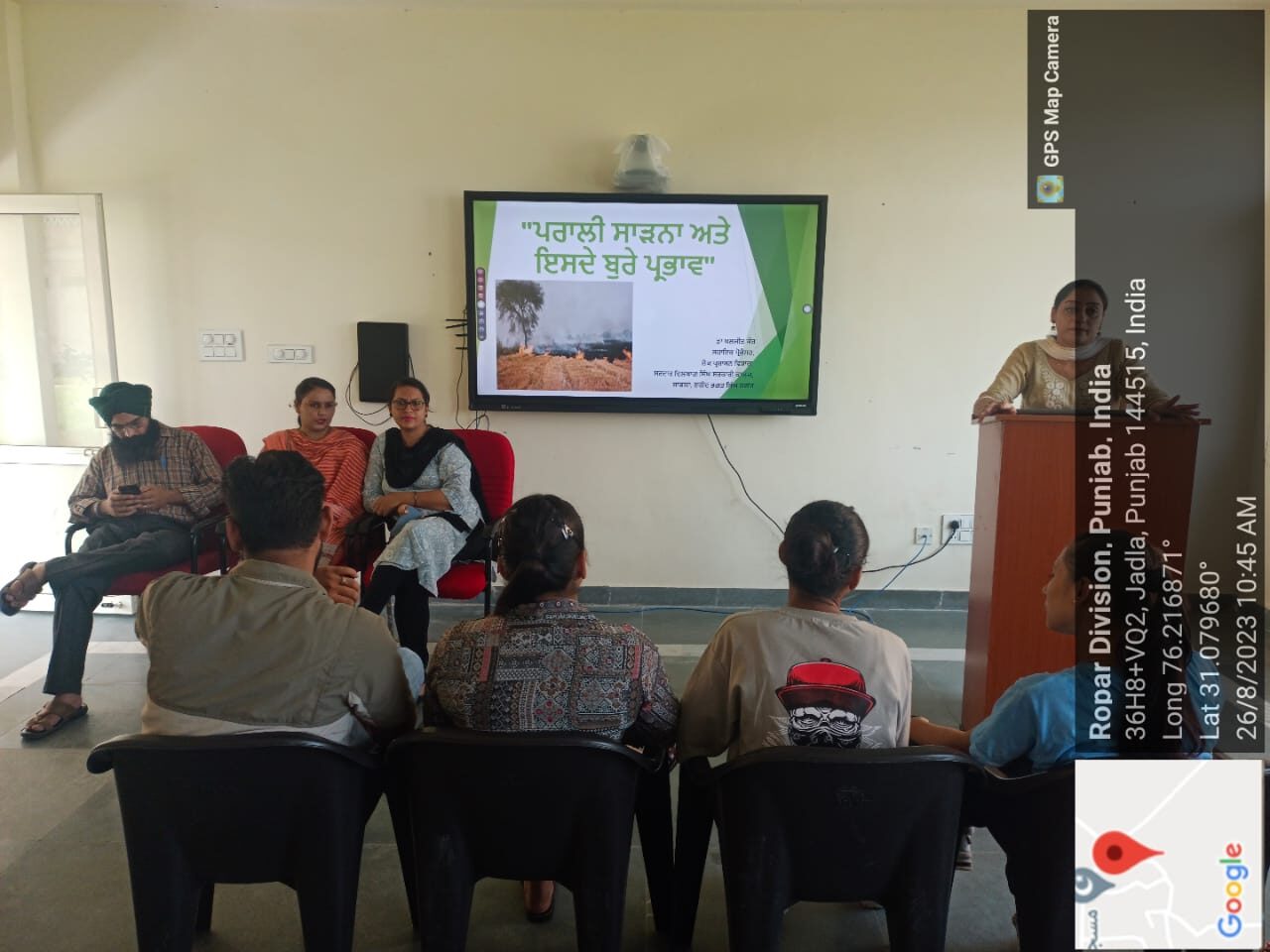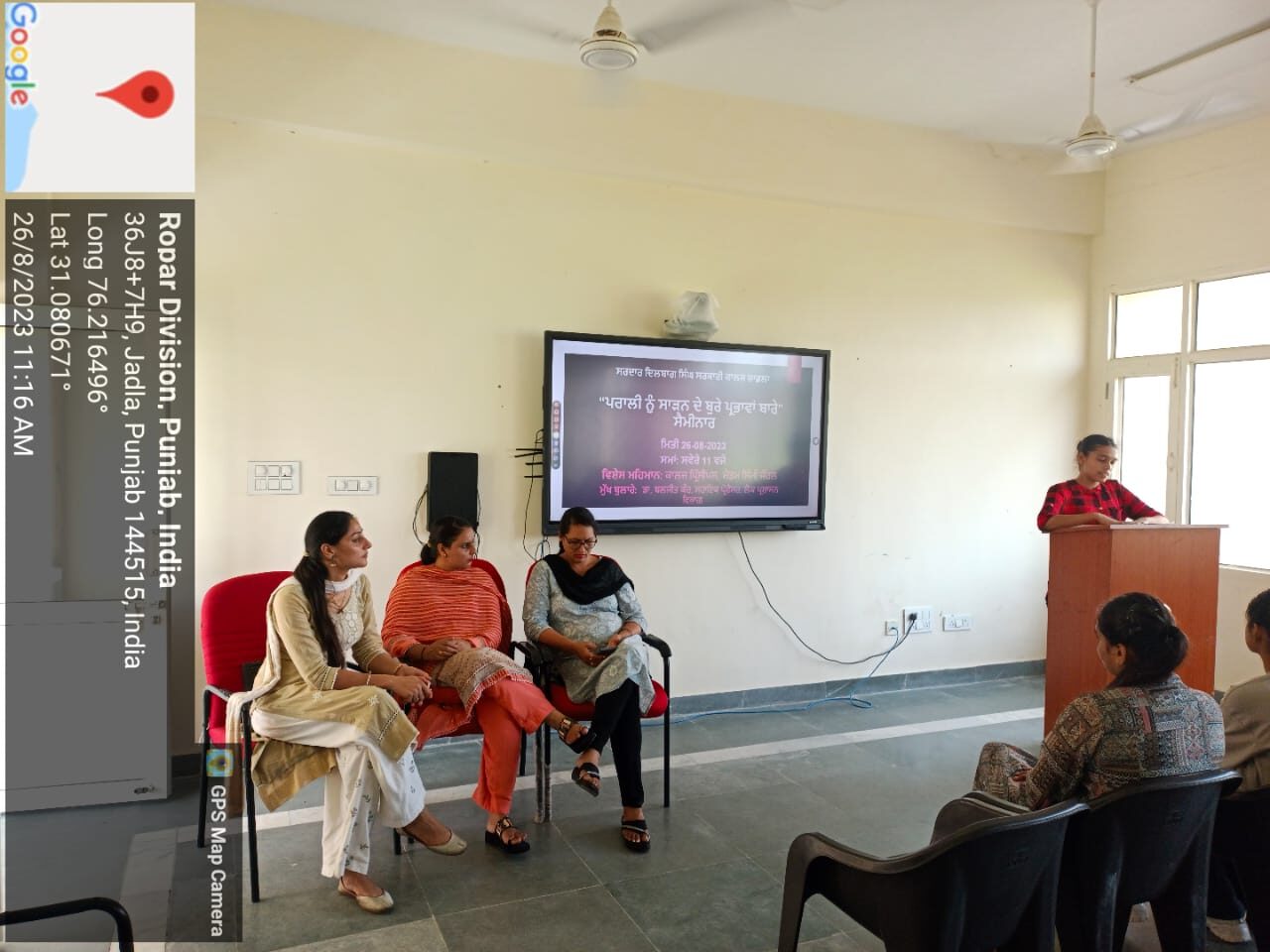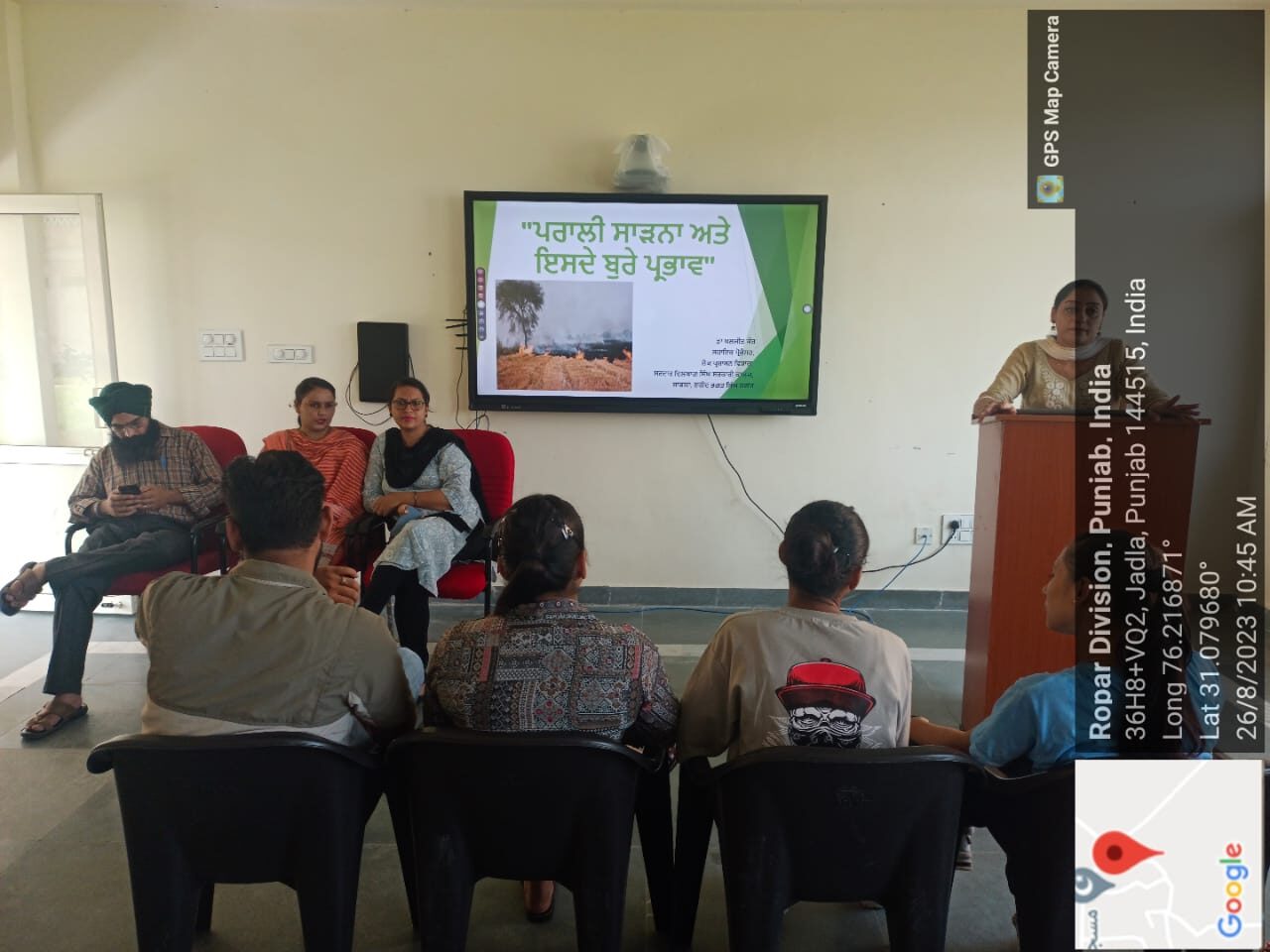
What is Stubble Burning and its side effects.
Stubble burning refers to the practice of intentionally setting fire to the leftover crop residues, such as straw and stubble, after the harvest of crops like rice, wheat, and sugarcane. While this practice is often carried out to clear fields quickly and prepare them for the next planting season, it has several negative effects on the environment, human health, and overall sustainability. Here are some of the bad effects of stubble burning:
- Air Pollution: Stubble burning releases a significant amount of particulate matter, carbon dioxide, carbon monoxide, and other harmful gases into the atmosphere. These pollutants can worsen air quality, leading to smog and haze, and contribute to respiratory diseases like asthma, bronchitis, and other health issues.
- Global Warming: The release of carbon dioxide and other greenhouse gases during stubble burning contributes to global warming and climate change. These gases trap heat in the atmosphere, leading to rising temperatures and disruptions in weather patterns.
- Loss of Soil Fertility: Crop residues, when left on the fields or turned into the soil, enrich its fertility by adding organic matter. Burning stubble destroys this organic matter and reduces soil fertility over time, requiring farmers to use more chemical fertilizers to maintain crop yields.
- Microbial Imbalance: Burning crop residues eliminates the beneficial microbes and microorganisms present in the soil. These microbes play a crucial role in maintaining soil health, nutrient cycling, and disease suppression. Their loss can disrupt the overall ecosystem balance.
- Water Pollution: Ash and pollutants from stubble burning can find their way into water bodies, leading to contamination of water sources and affecting aquatic life.
- Economic Loss: While stubble burning might seem like a quick and cost-effective way to clear fields, it can lead to long-term economic losses due to soil degradation, increased input costs (such as fertilizers), and potential health costs.
- Contribution to Urban Smog: Stubble burning, especially during the post-monsoon season, contributes significantly to the formation of smog in urban areas. This smog can have serious health consequences for people living in these regions.







